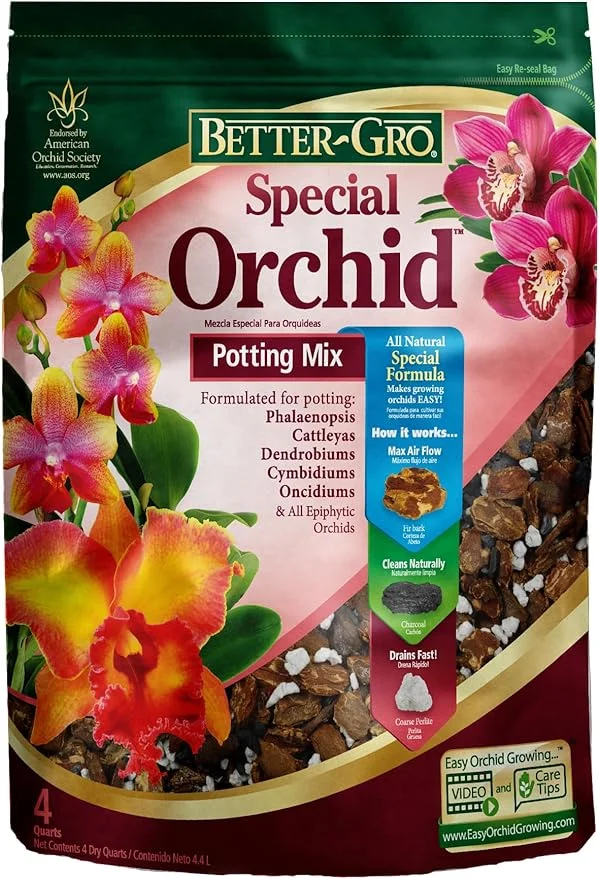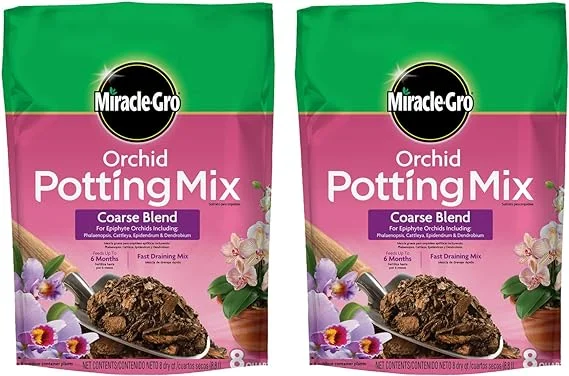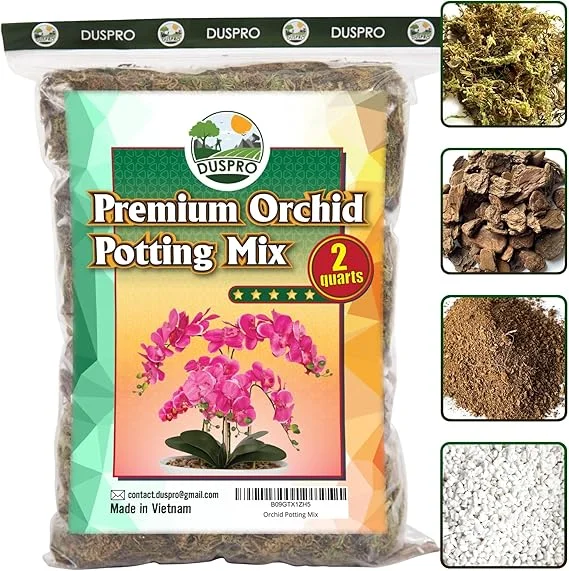Earth Star Bromeliad (Cryptanthus Bromeliad) Care Indoors, Propagation & Problems
Some links in this post may be affiliate links
Earth Star Bromeliads (Cryptanthus Bromeliads) thrive in bright indirect light, warm and humid conditions, and moderately moist, rich, well-drained soils coupled with fortnightly feeding in spring and summer.
Cryptanthus Bromeliads are stemless, low-growing, moisture-loving Bromeliad varieties whose small, wavy-edged, colorful leaves make spectacular plants in any space.
Earth Star Bromeliads are a unique group of Bromeliads in that they only grow terrestrially in soil. Unlike other Bromeliads, Earth Stars root systems are more developed and they prefer free-draining moisture holding soils.
On account of their requirement for humid air and spectacular foliage, Earth Stars are some of the best plants for a closed terrarium where a high humidity can be maintained.
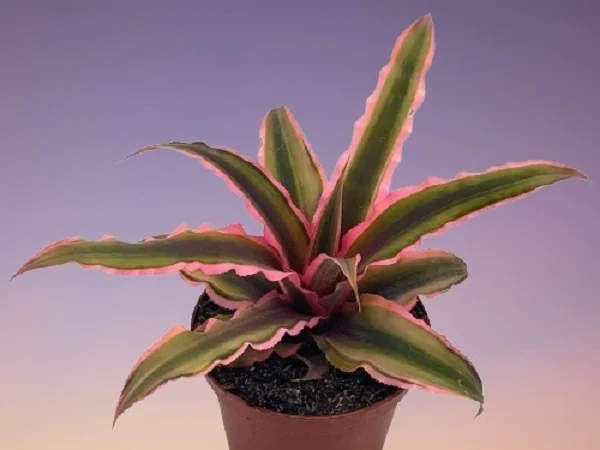
Botanical name: Cryptanthus
Family: Bromeliaceae
Sufamily: Bromelioideae
Common name: Earth Star Bromeliads
Origin
Cryptanthus Bromeliads are endemic to Brazil's rain forests where they are found growing on the forest floors.
Flower
Earth Star Bromeliad flowers are small tubular white flowers and are often hidden in the center of the rosette of the leaves.
It may take upto 3 years to flower and flowers only once. Once the flowers fade, the rosette of leaves begins to die and is replaced by offsets (pups) at the base which grow into new plants.
Varieties
Earth Star Bromeliad Varieties: There is a wide range of Earth Star Bromeliads (Cryptanthus) to choose from; plain, striped and banded in green, red, brown and yellow.
The leaf sizes in Earth Stars range from 4 inches in Cryptanthus bivittatus to 15 inches in Cryptanthus fosterianus. The brightest and also the most difficult to grow of the Earth Stars is Cryptanthus bromelioides tricolor.
Are Earth Star Bromeliads poisonous?
No. Earth Star Bromeliads are non-toxic to humans and pets according to ASPCA. Cryptanthus Bromeliads are safe for a home with children, cats, dogs and other pets.
However, their leaves bear short spines which may cause physical injury if handled with bare hands. Always wear gloves when handling Earth Star Bromeliad to prevent injury.
Where to Buy
Cryptanthus Bromeliads are a beautiful addition for any plant collection. You may acquire these plants online from Amazon (Link to Amazon).
How to Care for Cryptanthus Bromeliads Indoors
To care for Cryptanthus Bromeliad indoors, provide bright indirect light, warmth of 18-260C, humidity of 60-70% and moderately moist, rich, well-drained orchids potting soils coupled with fortnightly feeding in spring and summer.
Earth Star Bromeliads require regular pruning to keep it neat and also allow adequate room for the new plants (pups) which grow at the base of the plant. They have no need for frequent repotting as it has a small root system. Keep reading for more on these growing conditions and how to achieve them.
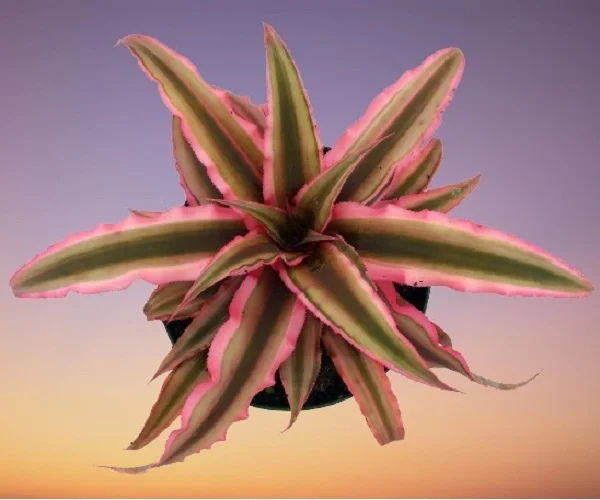
Light Requirements
Do Cryptanthus Bromeliads need direct sunlight?
No. Cryptanthus Bromeliads need bright indirect light (filtered light). Keep the bromeliads away from direct sunlight to prevent scorching of the leaves.
Where natural light is not adequate, you may use full spectrum grow lights to supplement it to prevent legginess and yellowing.
Turn the pot regularly to ensure the bromeliad receives light on all sides for even growth and to prevent lopsided growth.
Watering
How often should I water Cryptanthus Bromeliads?
Unlike most Bromeliads, Cryptanthus Bromeliads have no central 'vase'. They are terrestrial bromeliads and have a more developed root system. They grow successfully in well-draining moisture holding soil that is rich in organic matter.
Water the soil only when it feels dry to keep the roots moist. Avoid soggy soil as it can lead to rotting, yellowing and eventual death of the bromeliad.
Only use chlorine-free water like rainwater or filtered water to prevent staining and browning of the leaves. Ensure the water is at room temperature to avoid cold shock which can result in stunted growth and eventual death of the plant.
Use a pot with a drainage hole and well-draining soil to prevent waterlogging as it can lead to rotting and death of the plant. Always discard excess water from the catch plant to prevent the soil from becoming soggy.
Temperature & Humidity
Cryptanthus Bromeliads grow best in a warmth of 18-260C. However, to bring the Bromeliad to flower requires temperatures above 260C.
Earth Star Bromeliads flourish in a humidity of 60-70%. If the humidity is too low, the plant may develop brown leaf tips and edges. To up humidity, set the pot on a wet pebble tray, group the plants together or use a cool mist humidifier.
You may also grow the bromeliads in a terrarium where a high humidity can be maintained easily. Maintain good air circulation always to discourage pests and fungal disease infestations.
Potting Medium
The best soil for Cryptanthus Bromeliads should be rich in organic matter, loose, well-draining bark soil to prevent it from getting soggy while providing the required nutrients. Most Orchid potting mixes are ideal for these plants.
Fertilizer
Feed your Cryptanthus Bromeliads with a bromeliads fertilizer every 2-3 weeks in spring and summer to promote a lush growth.
Do not feed in fall and winter as growth is minimal and feeding at this time may lead to fertilizer burn and eventual death of the bromeliad.
Leach out excess salts regularly by running a stream of water through the soil until it drains through the drainage hole. Allow the water to run for 5-10 minutes to get rid of as much salt as possible.
Repotting
Repotting Earth Star Bromeliad is not necessary as its roots are tiny and are unlikely to fill the pot. However, replace the potting medium when it is broken down.
Pot the bromeliad in a shallow, heavy pot to prevent it from toppling over as it can get top-heavy. In addition provide support for the bromeliad to help keep it upright. Take a look at these pots with drainage holes on Amazon.
Pruning
Pruning Cryptanthus Bromeliads pertains to removal of dead leaves to keep the plant tidy and to allow adequate room for the new plants (pups) which grow at the base of the plant to grow.
Cut the leaves at the base with a sharp, clean knife or with a sharp, clean pair of pruning scissors. Minimize the number of cuts as much as possible to avoid unnecessary injuries to minimize fungal disease infestations.
Cryptanthus Bromeliads Propagation
Earth Star Bromeliads (Cryptanthus Bromeliads) is propagated from offsets (pups) appearing at the base of the plant. The best time to propagate is at the beginning of the growing season (spring to early summer) when in active growth to enhance establishment.
Propagating Earth Star Bromeliads from offsets (pups)
- When the offset (pup) is several months old or 1/3 to 1/2 the height of mother plant, separate it from the mother by cutting with a sharp, clean knife or scissors.
- Ensure the offset has some roots attached to it and pant the offset shallowly in loose, free-draining bark soil.
- Select a shallow heavy pot for rooting the pup to prevent the plant from toppling over as it has a tiny root system and it can get top-heavy .
- Ensure that the pot has a drainage hole to prevent the soil from getting soggy as it can lead to rotting.
- Fill the pot with orchid potting mix and make a hole in the center of the pot with a pencil or any such tool. Ensure that the hole is slightly wider than the base of the pup.
- Place the pup shallowly in the previously made hole and lightly firm the soil around the base of the pup while taking care not to bury it too deep.
- Lightly water the soil and provide support for the pup to prevent it from toppling over as the root system is small. The pup may take upto 4 weeks to develop new roots.
- Position the set up in a well-lit, warm place until the new Bromeliad plant is well established after which you can begin routine care.
- With good care, the pup may take from 3 to 6 years to reach maturity and flowering. This will vary from species to species.
Learn more on how to propagate Bromeliads from Pups (Rooting Bromeliad pups).
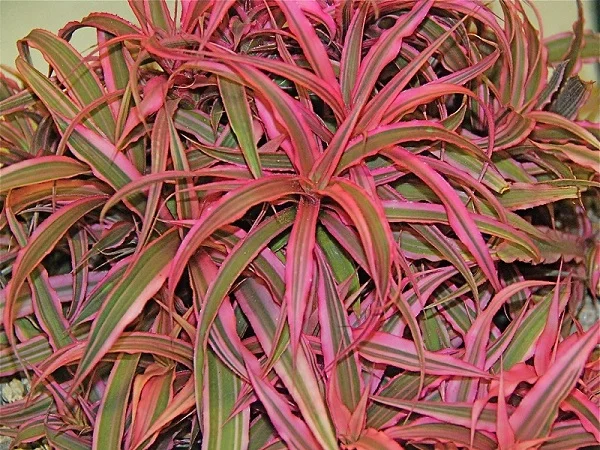
Cryptanthus Bromeliads Problems & Remedies
Earth Star Bromeliads (Cryptanthus Bromeliads) problems are plant dying, drooping leaves, yellowing leaves, brown leaf tips & edges, pests and diseases among others. Keep reading for more on these problems their solutions.
Plant dying
Why is my Earth Star Bromeliad dying?
Earth Star Bromeliads may be dying due to two reasons; either maturity or root-rot disease.
1. Maturity: If the bromeliad has flowered, then rotting and death of rosette which bore flower-stalk is natural to give room for the new plants (pups).
How to fix it
Remove the dead foliage by cutting at the base with a clean knife or a pair of scissors to create space for the new plants (pups).
2. Root-rot: If the Bromeliad has not flowered, the cause of death is root-rot disease due to soggy soil. The disease is characterized by yellowing and wilting of the leaves which is rapidly followed by browning and plant collapse.
How to fix it
- Carefully slip the plant out of its pot and inspect the roots; brown-black mushy roots indicate root-rot.
- Trim the rotten roots and treat the healthy roots with a copper-based fungicidal solution as indicated by the manufacturer.
- Repot the plant in fresh soil and a fresh pot. Use a pot with a drainage hole and fast-draining soil to prevent it from getting soggy.
- Position the plant in very bright light and stop watering for a few days to give the plant enough time to recover.
Drooping leaves
Drooping leaves on Earth Star Bromeliads are caused by underwatering, soggy soil, drafts or pest infestations.
How to fix it
Underwatering: Do not water on a schedule. Water when the top 2-3 inches of soil dry out but do not allow the soil to dry out completely.
Soggy soil: Use well-draining soil and a pot with a drainage hole.
Drafts: Keep the plant away from sources of drafts like AC units, windy doors and windows, hot air vents, heat sources among others.
Pest infestations: Regularly inspect the plant for the pests and carry out timely control measures.
Yellowing leaves
The main causes of yellow leaves on your Earth Star Bromeliads are insufficient light, soggy soil, inconsistent watering, drafts, nutrients deficiency or aging.
How to fix it
Insufficient light: Position the plant in bright indirect light or use a grow light if you do not have adequate light in your home.
Soggy soil: Use well-draining soil and a pot with a drainage hole.
Inconsistent watering: Water when the top 2-3 inches of soil feel dry to the touch but do not allow the soil to dry out completely.
Drafts: Keep the plant away from sources of drafts like hot air vents, AC units, hot surfaces, windy doors among others.
Nutrients deficiency: Feed the plant every 2-3 weeks in spring and summer with an orchids fertilizer.
Aging: This is a natural process. As the lower leaves mature, they turn yellow, brown and eventually die.
Brown leaf tips & edges
Brown leaf tips on Earth Star Bromeliads are caused by dry air, salts buildup and underwatering.
How to fix it
Dry air: To raise humidity, set the pot on a wet pebble tray, use a cool mist humidifier or group the plants together. You may also grow the plant in a closed terrarium where a high humidity can be maintained.
Salts buildup: Leach out accumulated salts by running a stream of water through the soil until it drains through the drainage hole.
Underwatering: Water when the top 2-3 inches of soil dry out but do not let the soil dry out completely.
Pests
Common pests on Earth Star Bromeliads are scales and mealybugs which are especially common in dry, hot conditions.
How to fix it
- Isolate the affected plant to prevent spread to other plants
- Treat the infested plant with a horticultural oil as per the manufacturer's recommendations.
- Regularly check underneath and between the leaves for these pests and carry out timely control measures.
- Maintain the plant well pruned and raise humidity to minimize the pest infestations.
You liked it? Share on social media.
Related Content
Amazon Associates Disclosure
Homeplantsguide.com is a participant in the Amazon Services LLC Associates Program, an affiliate advertising program designed to provide a means for sites to earn advertising fees by advertising and linking to amazon.com.
